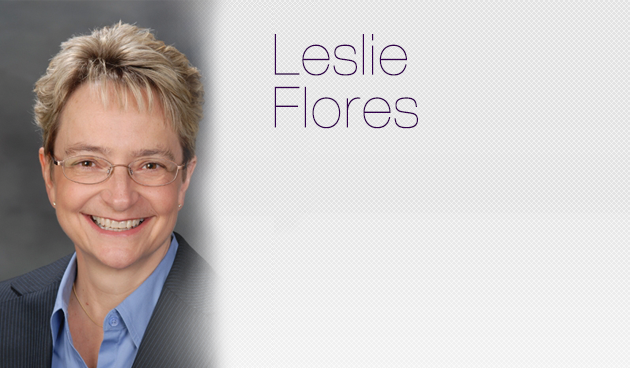Not long ago, I had a conversation with a good friend who is the hospitalist medical director for a five-hospital health system in the northeast. We were commiserating about how hard it is to recruit new hospitalists to rural and small-town settings and the high risk of rapid turnover despite all the energy invested in recruiting and onboarding them.
As we discussed how new hospitalists are oriented into his organization, I learned that like most hospitalist groups, my friend’s group focuses onboarding efforts on making sure that new providers know how to find their way around the hospital and use the EHR, complete required training modules, are credentialed with payors, and are aware of applicable policies and procedures. They also see this time as a probationary period to ensure the new group member has adequate clinical skills and behavioral competencies.
This conversation got me thinking about the crucial relationship between onboarding and retention. The aspects of onboarding described above are vitally important, of course, but I’m convinced they are not nearly enough. In my view, perhaps the single most important thing you can accomplish in any new group member’s initial onboarding period is to make sure the person is convinced beyond a doubt that he or she made a terrific decision to join your hospitalist practice. That is, they are confident they joined a fantastic group of folks doing important, high-quality work in a vital organization that values their contributions.
Some practical actions that can help new hospitalists know they made the right choice include:
- Making them feel welcomed and embraced by a cohesive team of co-workers who express delight in their presence and offer to help in any way they can.
- Ensuring they feel like they understand not only the formal systems and processes but also the informal culture and ways of getting things done and are confident navigating them.
- Helping them build crucial interpersonal connections not only with fellow hospitalists but also with other doctors and hospital staff.
- Providing them both with useful constructive feedback and with praise and recognition for work well done.
Many organizations use the terms “orientation” and “onboarding” pretty interchangeably, and I don’t want to get bogged down in semantics. But I tend to think of “orientation” as the formal processes that take place on the first day (or week) of a new hospitalist’s tenure in order to mark off all the boxes on your orientation checklist. To me, “onboarding” includes orientation but goes beyond it to encompass the process of enculturation that occurs over weeks or months to integrate the hospitalist into the life of your group. Webster defines enculturation as “the process by which an individual learns the traditional content of a culture and assimilates its practices and values.” So some reasonable questions to ask yourself would be:
- Has our group created a culture that others would be excited to be part of?
- Do we have a clear enough sense of our group’s practices and values (or the ones we want to have) to be able to pass them on to others?
- What are the specific ways in which we go about helping new group members assimilate our practices and values?
If your group hasn’t wrestled with questions like these recently, it’s worth setting some time aside to discuss them. Every hospitalist group should have a formal onboarding plan that addresses not only the required orientation components but also activities specifically targeted toward bringing new providers into the group’s life and culture in a way that makes them glad to be there. At a minimum, this should include specific conversations with the group leader and other group members about the vision and culture the group is committed to pursuing and some social activities to help the new hospitalist get to know colleagues on a personal level. It could also include connecting each new group member with a formal mentor for an extended period (at least 90 days). The mentor would be generally available by phone or in person to answer questions and offer guidance, review selected medical records to ensure group standards are being met, meet periodically with the new hospitalist to seek feedback and provide encouragement and support, and take the new hospitalist under his/her wing to introduce to others and make social connections.
Your hospitalist group may have other tactics you use to ensure that each new member feels good about the choice he/she made to join your group. If so, I’d love to hear about them; please share by commenting on this blog post. If your group is struggling with onboarding and enculturation, consider attending this year’s HM17 practice management pre-course, entitled “Building a Practice that People Want to be Part Of.”
The exciting – and scary – thing about enculturation is that it isn’t limited to the words and actions of the group leader or hospital administrators. Whether you realize it or not, every single group member contributes to a new provider’s enculturation process, whether for good or ill. A new hospitalist will take cues about the group’s values and practices by watching what you say and do, even if you never interact directly with him or her. It’s a big responsibility.
I can’t guarantee that focusing more energy on onboarding and enculturation will permanently solve your group’s recruitment and retention woes. But I can promise that doing so will be professionally and personally rewarding – not only for new group members, but also for you and your colleagues.



Leave A Comment